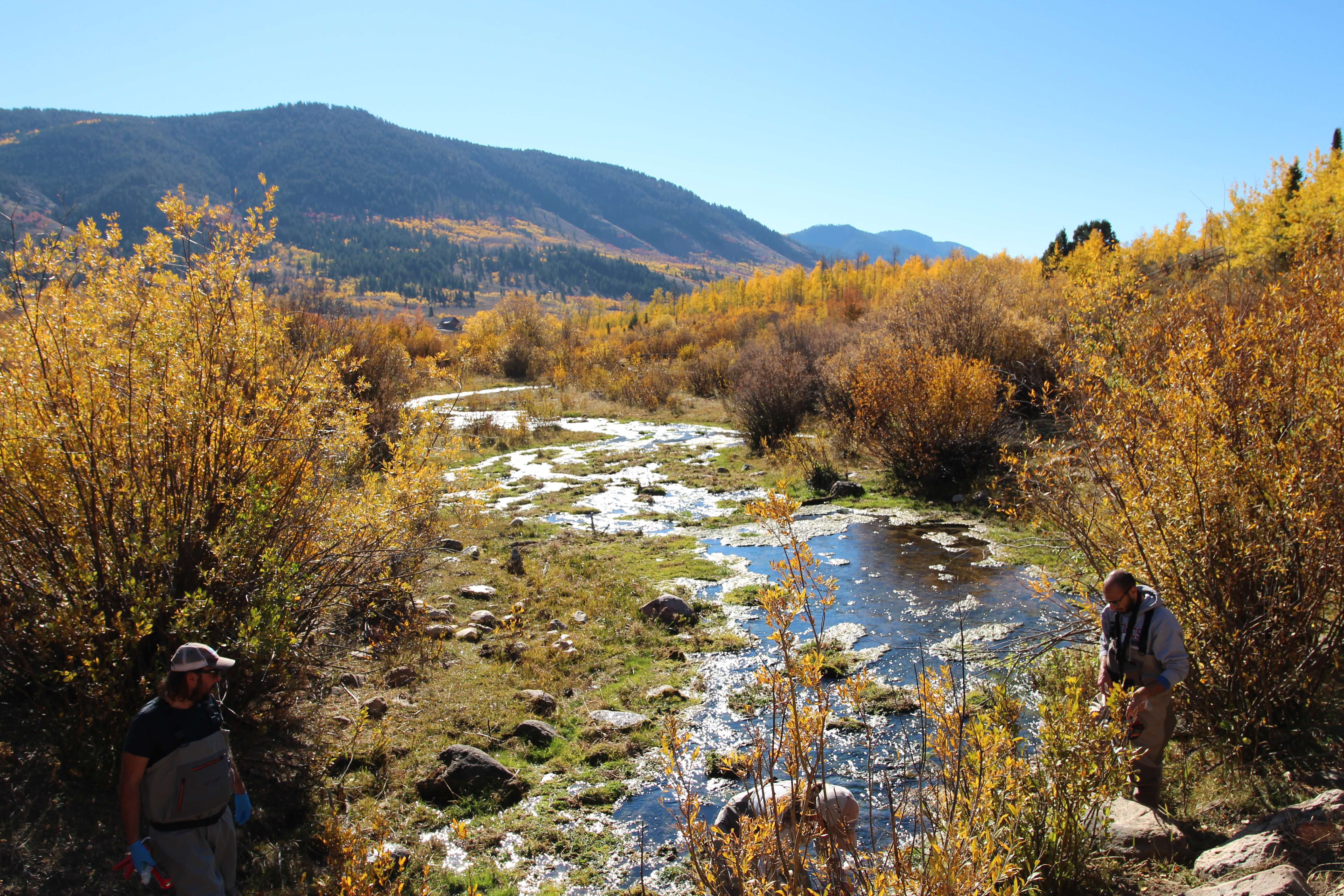Low-flow Prediction
CIROH: Improving low-flow estimates in the NextGen Framework through improved subsurface conceptualization and parameterization
Summary

Groundwater’s contribution to streams in the form of low flows is critical to sustaining streamflow during prolonged dry periods. However, current models in the NextGen Framework rely on non-local and simplistic groundwater reservoir-discharge relations for low-flow predictions, leading to discrepancies during dry periods. Notably, the subsurface hydraulic properties governing baseflow rate and volume, such as hydraulic conductivity and drainable storage, are inadequately constrained. This proposal aims to enhance predictions of low flows by refining the subsurface process conceptualization and parameterization within the NextGen Framework. Two specific objectives will be pursued to achieve this goal: 1) the development of a CONUS-scale dataset detailing effective hydraulic properties of the subsurface for the NextGen hydrofabric, and 2) the integration of a newly developed parsimonious groundwater module (Groundwater for Ungauged Basins, or GrUB) into the NextGen. The anticipated outcome of this project is an improvement in low-flow predictions within the NextGen Framework, encompassing both gaged and ungauged watersheds, which is critical for water management particularly under drought conditions.
Funding Agency:
National Oceanic & Atmospheric Administration (NOAA) through the Cooperative Institute for Research to Operations in Hydrology (CIROH) with The University of Alabama.
Team:
Pin Shuai, Utah State University (PI)
Mukesh Kumar, The University of Alabama (Co-PI)
Yanan Duan, The University of Alabama (Postdoc)
Duration:
06/01/2024-05/31/2026
Total Funding:
$500,000